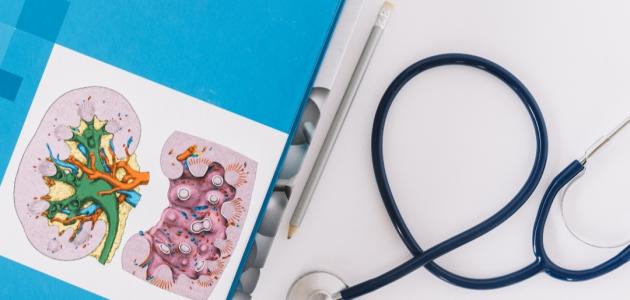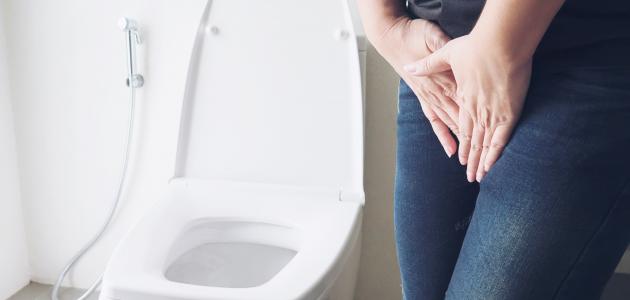Symptoms of a urinary tract infection
Urinary tract infection leads to redness and irritation of the lining of the tract, which leads to the emergence of several symptoms and signs, including the following:
- Feeling of pain in the loin, abdomen, and pelvis.
- Feeling of pressure in the lower pelvis.
- Frequent urination more than usual.
- Feeling of pain when urinating.
- Urinary incontinence.
- Feeling the need to urinate, especially at night.
- The color of urine is not transparent.
- The appearance of blood in the urine.
- Strong and foul odor of urine.
- Feeling pain during sexual intercourse.
- Penis pain in men.
- Fatigue and tiredness.
- fever.
- chills
- vomiting;
- Mental changes and confusion.
Urinary tract infections causes and risk factors
Urinary tract infection is attributed to many factors and causes that reduce the ability of the bladder to empty urine and irritate the urinary tract, and there are many factors that increase the risk of developing a urinary tract infection, including the following:
- aging
- Lack of movement after undergoing surgery and staying in bed for a long period of time.
- kidney stones.
- Previous urinary tract infection.
- Prostate enlargement and certain types of cancer.
- Using a urinary catheter for a long period of time.
- Having diabetes.
- pregnancy.
- Abnormal development of urinary structures during fetal formation.
- Weakened immune system.
Diagnosis of a urinary tract infection
Diagnosis of a urinary tract infection depends on reviewing the symptoms and signs and subjecting the person to a number of diagnostic tests and procedures, including the following:
Read also:How do I get rid of dizziness- Urinalysis: (in English: Urinalysis) in order to detect the presence of some substances in the urine, including blood, pus, and glucose (in English: Glucose).
- Urine culture: With the aim of determining the type of bacterial strains present in the urine.
- Imaging tests: Magnetic resonance imaging and computed tomography to detect abnormalities in the urinary tract.
- Cystoscopy: (in English: Cystoscopy) in order to view the bladder closely.









